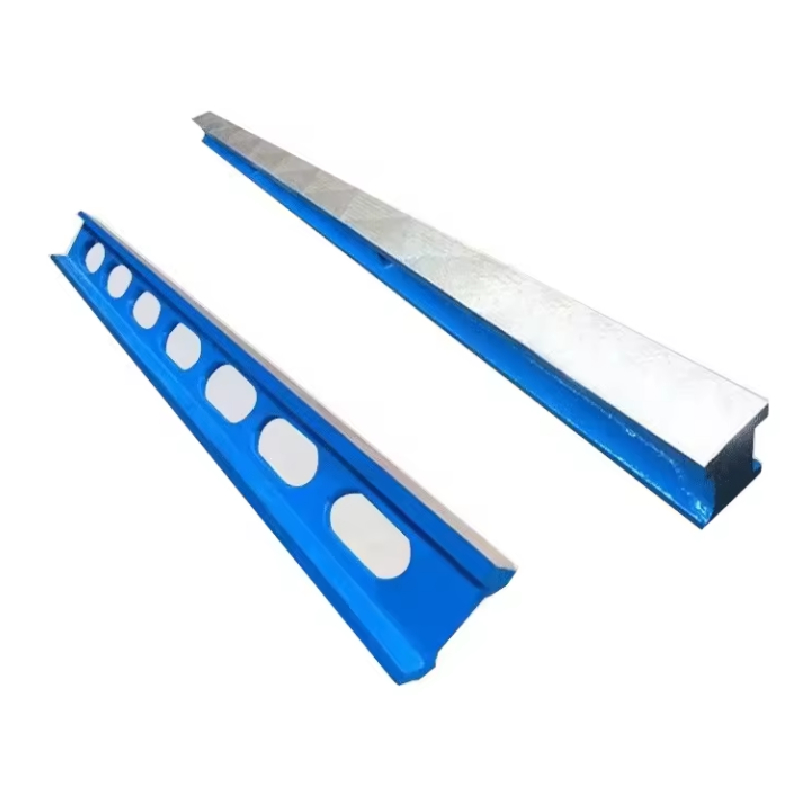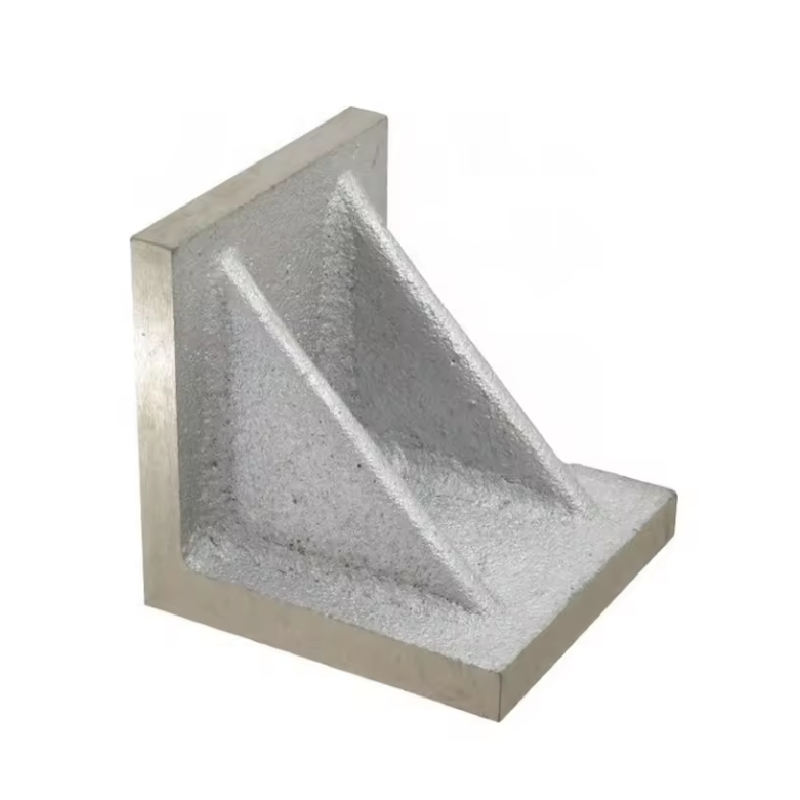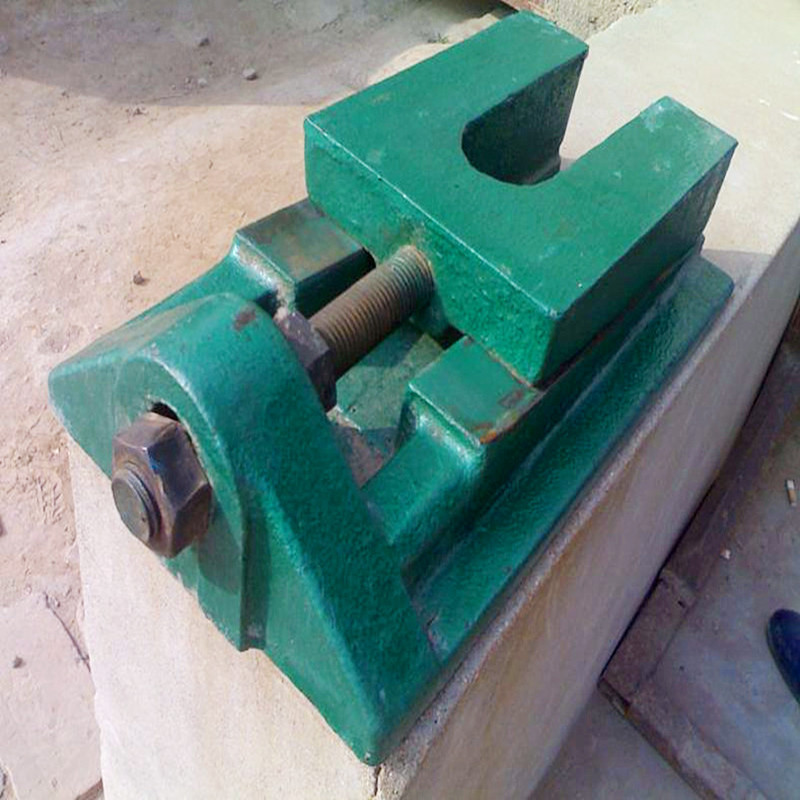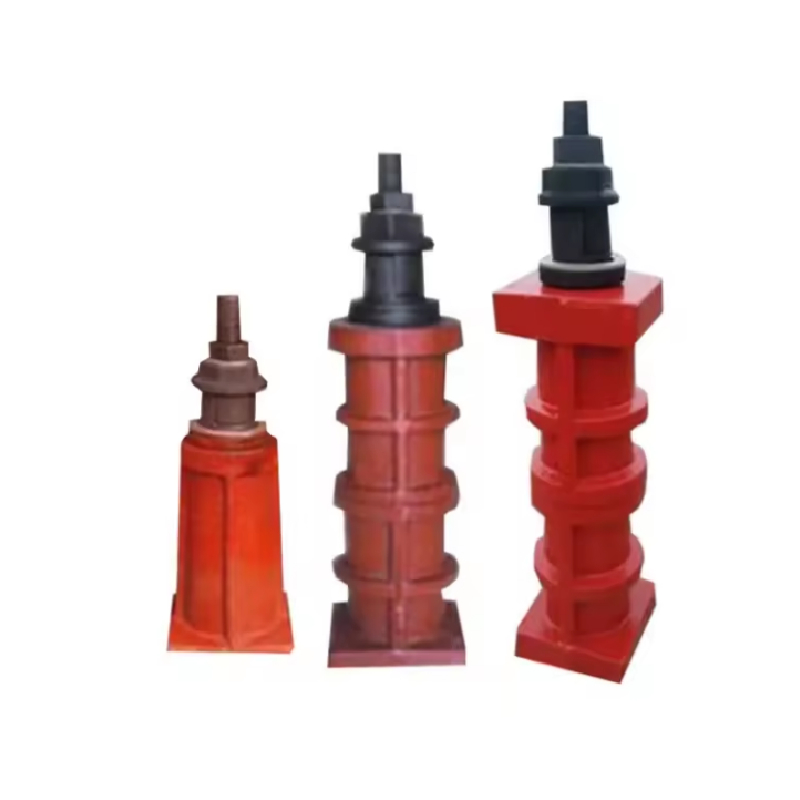Nov . 01, 2024 04:27 Back to list
Understanding the Design and Functionality of Trapezoidal Thread Screws in Mechanical Systems
Understanding Trapezoidal Thread Screws Design, Applications, and Benefits
Trapezoidal thread screws are a significant component in various engineering and manufacturing applications. Characterized by their unique trapezoidal profile, these screws provide excellent strength and load-carrying capabilities, making them the preferred choice in many mechanical systems. This article explores the design, applications, and advantages of trapezoidal thread screws.
Design Features
The trapezoidal thread profile, as the name suggests, features a trapezoidal shape that allows for better contact between the screw and the nut. This design significantly reduces friction and wear, leading to a smoother operation and greater stability. Trapezoidal threads are typically defined by specific measurements, including the major diameter, pitch, and depth of the thread, which can be tailored to meet specific load requirements and operational conditions. The common pitches range from 1 mm to 30 mm, and the thread's angle is usually set at 30 degrees, providing a balance between strength and efficiency.
Applications
Trapezoidal thread screws are widely used across various industries due to their robustness and versatility. One of the primary applications is in the field of linear motion systems, such as lead screws in CNC machines, lathes, and milling machines. In these systems, trapezoidal screws convert rotary motion into linear movement efficiently, allowing precise control over positioning and motion. Additionally, they are commonly found in applications such as clamping mechanisms, lifting devices, and stage setups in automation technologies.
Another notable application of trapezoidal thread screws is in the production of heavy machinery and equipment, where they help manage significant loads while maintaining structural integrity
. Their design allows for efficient power transmission, making them ideal in scenarios where durability and reliability are paramount.trapezoidal thread screw

Advantages
The trapezoidal thread screw design provides several advantages compared to other thread types. For starters, the larger contact area between the screw and nut reduces wear and increases the lifespan of both components. This translates into lower maintenance costs and decreased downtime for machinery, ultimately contributing to improved productivity.
Moreover, the trapezoidal screw’s ability to handle axial loads efficiently makes it suitable for applications that require high precision and reliability. The lower friction levels also lead to better energy efficiency, resulting in reduced power consumption when operating machinery.
Additionally, trapezoidal threads can accommodate differential thermal expansions better than other thread types, which is particularly beneficial in environments subject to temperature fluctuations.
Conclusion
In conclusion, trapezoidal thread screws stand out as a crucial element in modern engineering and manufacturing. Their unique design enhances strength, reduces wear, and offers excellent load-bearing capabilities—making them invaluable in various applications. Understanding the features and benefits of these screws can help engineers and designers make informed decisions to optimize their systems for better performance and reliability. As technology advances, trapezoidal thread screws will undoubtedly continue to play a vital role in machine design and manufacturing processes.
-
Y Type Strainer Maintains System Efficiency Long TermNewsJul.15,2025
-
Valve Selection Guide for Industrial ApplicationsNewsJul.15,2025
-
Steel Fab Table Provides Durable Work Surface for WeldingNewsJul.15,2025
-
Pad Iron Provides Stable Support for Heavy MachineryNewsJul.15,2025
-
One Inch Check Valve Fits Standard Plumbing SystemsNewsJul.15,2025
-
Measuring Micrometer Ensures Precise Dimensional AccuracyNewsJul.15,2025
Related PRODUCTS









